Snug Harbor
The rail line ran along the coast of Kill van Kull in front of Snug Harbor and into the neighborhood of Livingston. The topography of the area necessitated running the line directly along the coastline and large portions of the ROW have eroded. The erosion in the 1980s made the line impassible just prior to abandonment in 1990.
The coastline just west of Atlantic Salt was home to a skate park that had long been abandoned when I visited in 2009. There was a complex array of wooden boardwalks in various states of disrepair that presented a curious juxtaposition of abandoned rail, wooden structures, and plant growth.
The Sailor's Snug Harbor station was on the coastline, accessed from ornate stone stairways at the west and east ends of the platform. The east end is near the front entry archway to Snug Harbor, with the rear end at Snug Harbor Road. Only the westbound track remains, with the eastbound track presumably on piers out over the coastline. The approximate length of the platform had been covered with an asphalt pathway when I visited in 2009. Reconstruction plans could relocate the station up closer to Richmond Terrace, leaving the coastline for a riverside park.
The line west of Snug Harbor was built on a wooden trestle that was then enclosed with a wooden retaining wall and backfilled with gravel. As the retaining decayed and collapsed, the rail line followed, leaving rails hanging precariously over what is left of the trestle.
A creek that runs through the west part of Snug Harbor empties into Kill van Kull through a culvert that still holds the track intact above it.
A maintained but forlorn memorial to the residents of Livingston that made the supreme sacrifice in WW-II sits just above the track along Richmond Terrace near Snug Harbor Road. Ironically, the memorial's now-remote location demonstrates how the geographic changes of time often lead us to forget things we should remember.
R.H. Tugs is an incongruously nice restaurant between the coast and Richmond Terrace at Snug Harbor Road. A portion of the eastbound track was restored behind the restaurant when the coastline was shored up to prevent the restaurant from falling into the water. However, rail buffs immediately realize it is a fake from the thin, pressure-treated ornamental wooden ties. Whatever was holding up the westbound track long ago eroded into the water.

Abandoned skate park
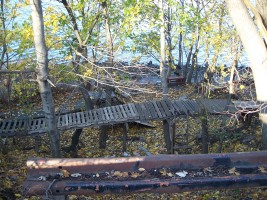
Abandoned skate park
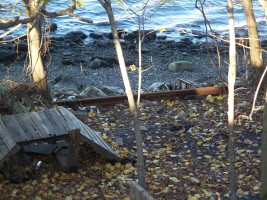
Vestigial rail in skate park

Abandoned skate park
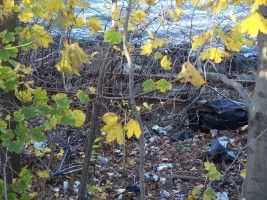
Vestigial rail in skate park
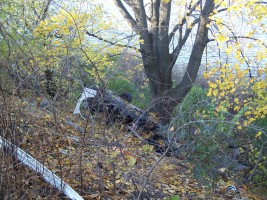
Abandoned wrecked car
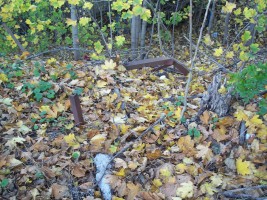
Overgrown pathway into park
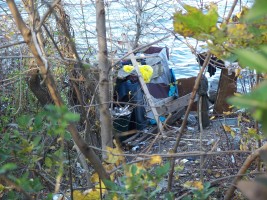
Homeless encampment
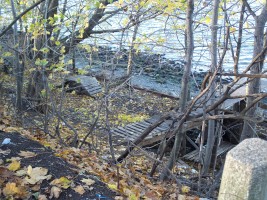
Vestigial rail

Wooden boardwalks
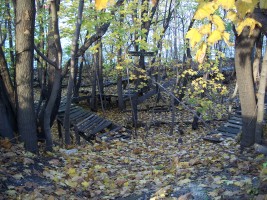
Park entrance

Broken park sign
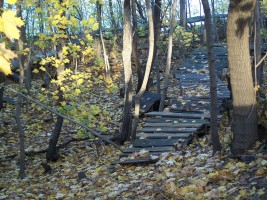
Abandoned park
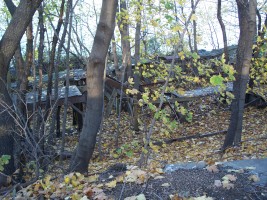
Abandoned park

East entrance to Sailor's Snug Harbor station

Sailor's Snug Harbor station

Stairway down to Snug Harbor station
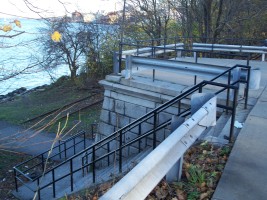
Stairway down to Snug Harbor station

Snug Harbor entry arch on Richmond Terrace above the Snug Harbor station

Dock on Kill van Kull
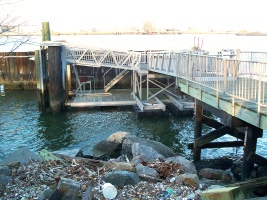
Dock on Kill van Kull

Single track to the west of Snug Harbor station
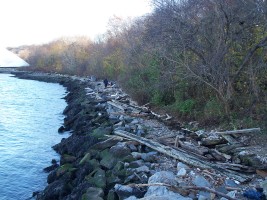
Coastline to the east of Snug Harbor station
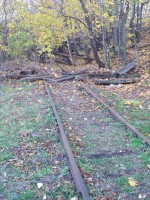
Single track headed east into abandoned park
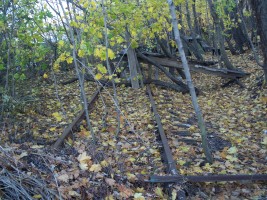
Single track headed east into abandoned park
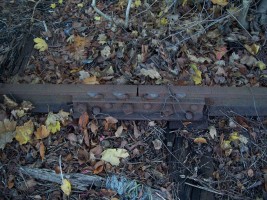
Track joint
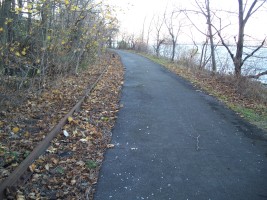
Track headed west with new waterside path
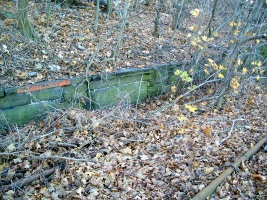
Retaining wall along track
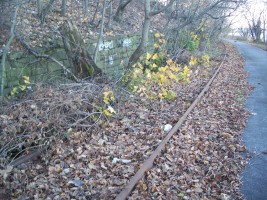
Track headed west
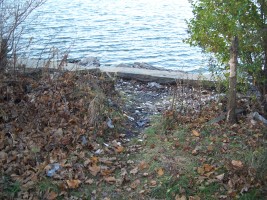
Path down to water

Passing tugboat
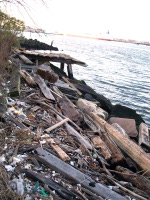
Flotsam on the shoreline
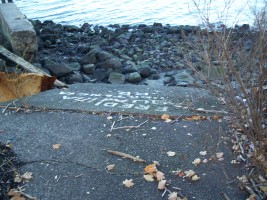
Path to shoreline
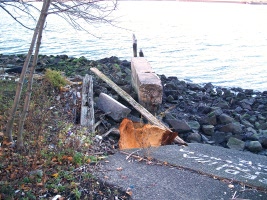
Pier remnant on shoreline
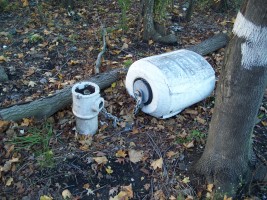
Pipe to something

West entrance to Sailor's Snug Harbor station
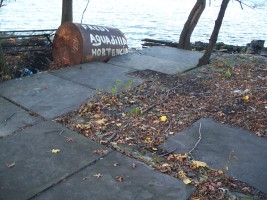
Vestigial bluestone path to westbound track?
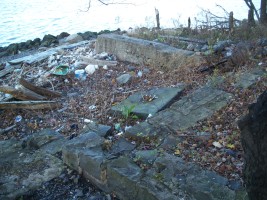
Pier remnant
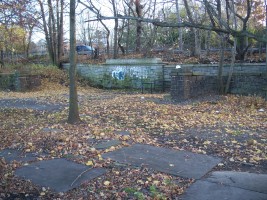
West entrance to Sailor's Snug Harbor station
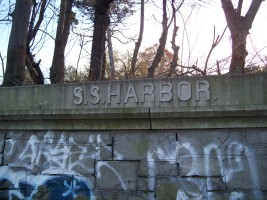
West entrance to Sailor's Snug Harbor station
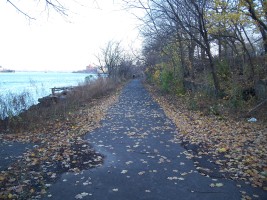
Pathway to the east
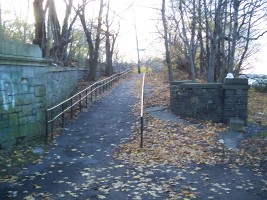
Already ADA compliant!
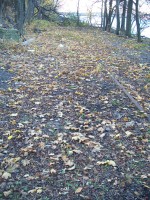
Track headed west
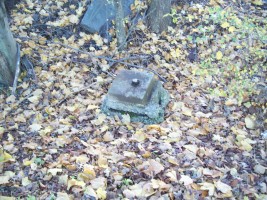
Vestigial concrete base of something

Single track headed west from Snug Harbor
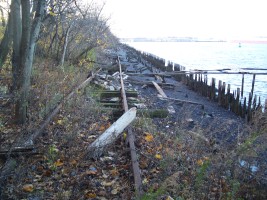
Eroded track
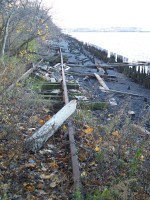
Eroded track

Eroded track
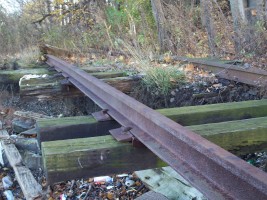
Track and tie closeup

Track closeup
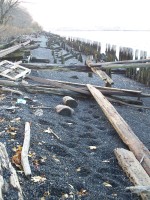
Eroded gravel fill
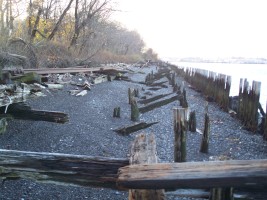
Eroded gravel fill
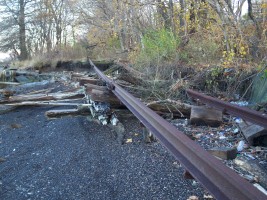
Hanging track
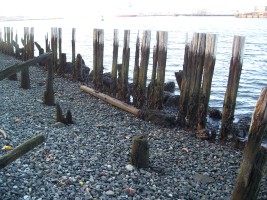
Decayed retaining wall

Eroded track and flotsam
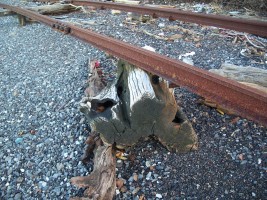
Track and stump
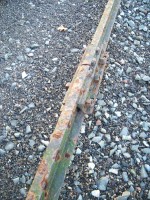
Rusted track joint
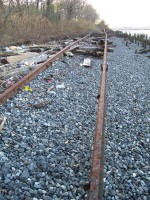
Eroded track
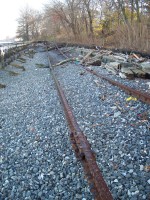
Eroded track

Track headed over drain
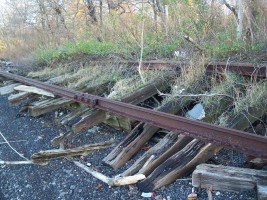
Eroded track

Drain tunnel
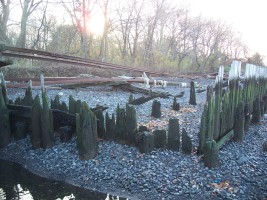
Track west of drain tunnel
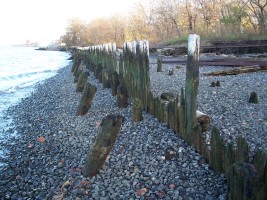
Decayed retaining wall looking east

Under the rails
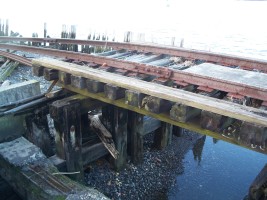
Track over drain tunnel
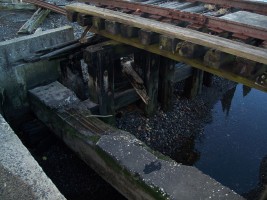
Drain tunnel

Track headed east from drain tunnel

Eroded Track headed west from drain tunnel

Creek headed north to Snug Harbor
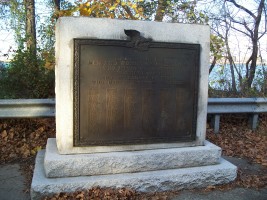
Livingston WW-II memorial
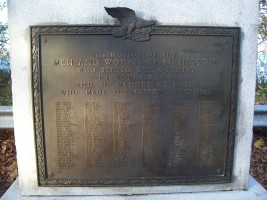
Livingston WW-II memorial

Livingston WW-II memorial
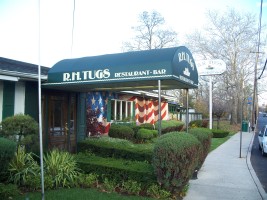
R.H. Tugs

Tracks behind R.H. Tugs

Tracks behind R.H. Tugs
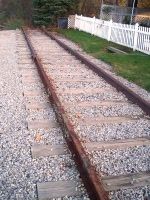
Track closeup
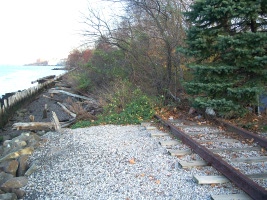
Tracks headed east into oblivion
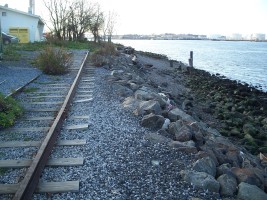
Recoonstructed shoreline
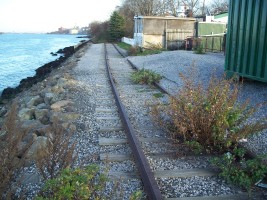
Track behind R.H. Tugs
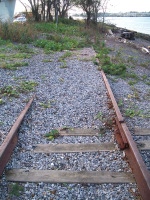
Track headed west from R.H. Tugs